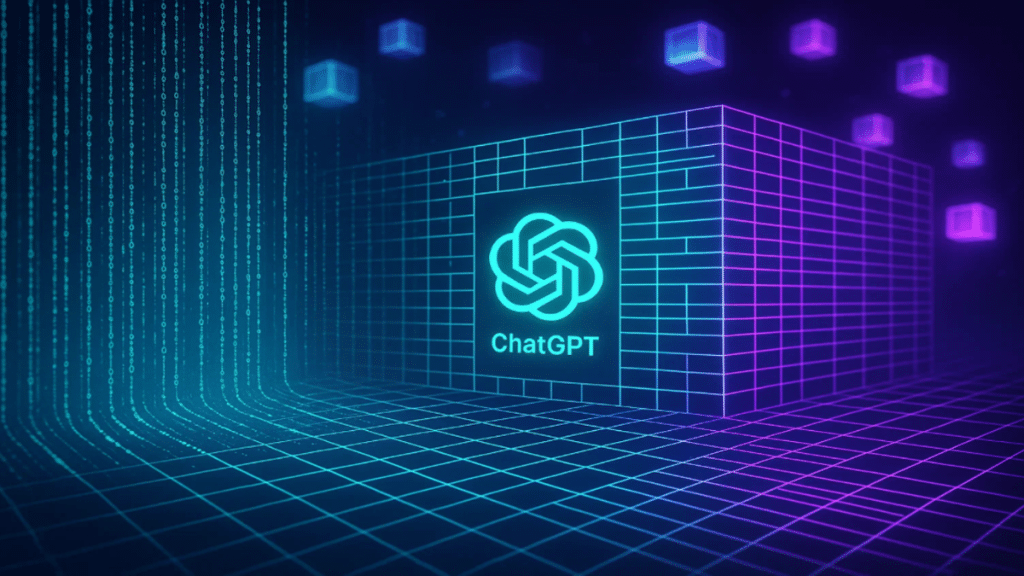The Week ChatGPT Rewrote an Analyst’s Workflow
When Mark, a mid-level data analyst at a finance firm, looked at his schedule, it was the same story every week: spreadsheets piling up, databases half-cleaned, and late nights trying to fix one broken data set after another. He wasn’t just exhausted — he was starting to resent the job. Then ChatGPT entered the picture.
The first experiment came on a Monday. Instead of manually removing duplicates and reformatting CSV files, he asked ChatGPT to design a cleaning workflow. Within minutes, he had a repeatable script in Python that saved him hours. It wasn’t flashy, but it worked. And for the first time in months, he left the office before 9 p.m.
From Broken CSVs to a Usable Model
Data analysts know the pain: half the files they receive are filled with:
- inconsistent column headers
- missing values
- random characters from exports
- multiple date formats that never match
Mark’s turning point was when ChatGPT not only spotted the issues but suggested fixes tailored to his data. It even generated regex patterns for cleaning messy “Name” fields and built a function to automatically detect outliers.
Suddenly, instead of firefighting, he was building workflows that scaled.
Why the Change Felt Radical
It wasn’t just about speed. By cutting down manual cleaning, Mark found:
- He spent 40% more time on analysis instead of grunt work.
- His reports were delivered faster, impressing senior management.
- He stopped burning through midnight energy drinks to hit deadlines.
The surprise? ChatGPT didn’t replace his role. It amplified it. He went from being “the tired guy fixing Excel” to the analyst who could explain insights clearly — because he had the time to think.
Practical Prompts That Worked
Here are a few real prompts Mark used to shift from chaos to control:
- “Generate a Python function that removes duplicate rows from a CSV and standardizes date columns.”
- “Write a script to replace missing values in numerical columns with the median and categorical with the mode.”
- “Detect outliers in a dataset using IQR and mark them in a new column.”
These weren’t rocket science. But they removed hours of frustration.
Chatronix: The Analyst’s Shortcut to Six Models
Mark’s big leap came when he realized ChatGPT wasn’t the only game in town. He needed multiple perspectives — and that’s where Chatronix fit in.
Chatronix: Smarter Than Just One Model
Inside one workspace, he suddenly had:
- 6 models in a single chat (ChatGPT, Claude, Gemini, Grok, Perplexity, and Mistral).
- 10 free queries to test workflows before committing.
- Turbo mode for bulk data-cleaning instructions.
- One Perfect Answer, a feature that merged the best fixes from all six LLMs.
👉 Mark’s favorite feature? He no longer wasted time checking each model’s quirks. With Chatronix’s Perfect Answer system, he got one consolidated, reliable solution.
Table: Time Before vs. After ChatGPT + Chatronix
| Task | Before AI | With ChatGPT | With Chatronix |
| Cleaning 10k rows | 6 hours | 2 hours | 30 minutes |
| Standardizing formats | 4 hours | 1 hour | 20 minutes |
| Report prep | 3 hours | 1.5 hours | 40 minutes |
| Avg weekly overtime | 12 hours | 6 hours | 0 hours |
The numbers made one thing clear: he wasn’t just working smarter — he was finally working sustainably.
Bonus Prompt for Analysts
“Create a Python pipeline that checks for missing values, removes duplicates, detects outliers, and exports a clean dataset ready for visualization in Tableau. Include comments for each step.”
Mark called this his “Friday saver” because it meant he could wrap up messy client datasets before lunch.
What Changed in His Life
The impact went far beyond spreadsheets:
- Evenings free to spend with family.
- Weekends no longer stolen by last-minute fixes.
- A reputation at work for delivering insight, not just patches.
Final Takeaway
Mark’s story isn’t rare. Analysts everywhere face the grind of messy data. ChatGPT and, more powerfully, Chatronix, showed him how to automate the boring parts and reclaim his evenings.
It wasn’t magic. It was workflow. And it worked.
